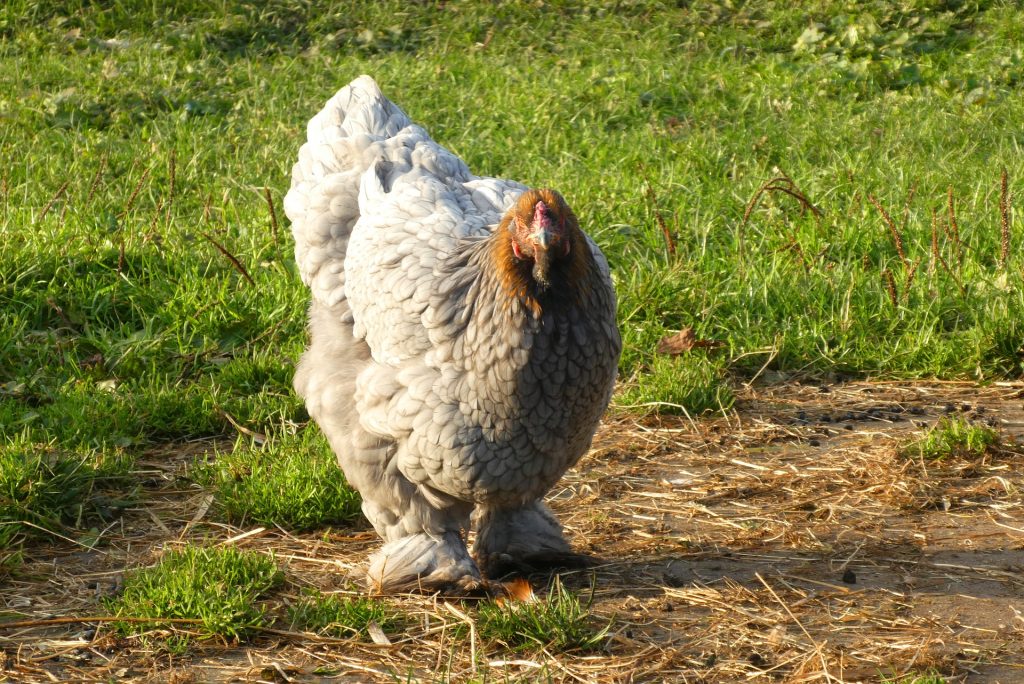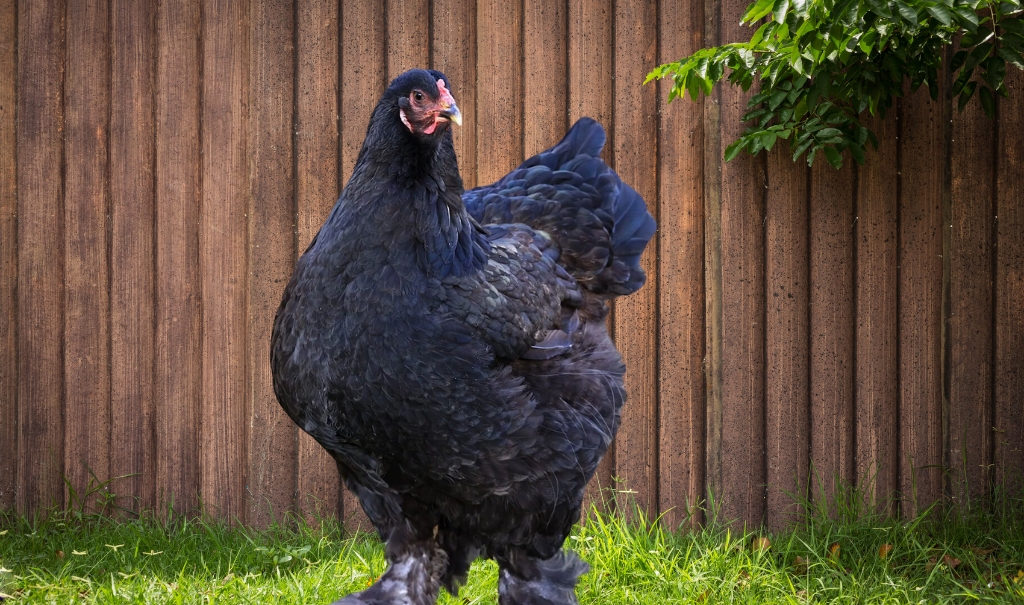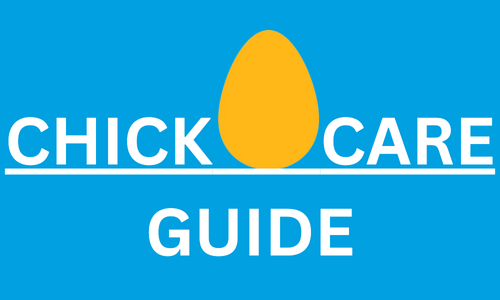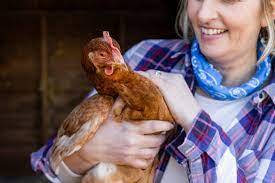People who love chickens and people who raise them in their yards both love Cochins. They are a unique addition to any farm or home because of their big, fluffy bodies and friendly personalities. This piece is all about the interesting world of Cochin chickens. We’ll talk about their history, traits, care, and benefits.

History
The first Cochin chicken was created in the 1840s in Shanghai, China. Originally, they were known as “Shanghai” or “Cochin-China,” Chinese monarchs tamed them for feathery ostentation. In 1843, British Major Thomas Beale imported Cochin chickens to England, which led to the chicken mania. King George III is said to have obtained one in 1783, and six years later, in 1850, Queen Victoria also had a pair, and the breed became very popular.
When they arrived in America in 1874, Cochins were popular. In 1874, the American Poultry Association authorized Cochins. In the late 1800s, Cochin hogsheads were at the pinnacle of their popularity, and many of these birds could be seen being paraded at poultry displays.
Cochins are the usual suspects of today’s barnyard rogues, but their origin story is not one easily deciphered from their relaxed demeanour. Whether through selective breeding or intentional cross-breeding, Cochins in the early years of the 1900s were domesticated from their massive, aggressive image to become giant feathered cuddling pets.
Characteristics
People know that Cochin chickens are unique because of the way they look. Big and friendly, they have soft, fluffy feathers that come in many colours. Cochin roosters weigh between 3.6 and 5.9 kg, and hens weigh between 3.2 and 5.0 kg. Their bodies are wide and deep, and their legs and feet are short and strong. They also have wattles and small pea combs. Because they are calm, big, and have beautiful feathers, Cochins are often used for outdoor flocks and bird shows.
Behaviour And Temperant
People love these chickens because they are calm, gentle, and friendly. It’s fun to be around them because they are nice, calm, and friendly. Cochins are calm and friendly, and they get along well with pets and other birds. Overall, Cochins are a great breed for families and outdoor flocks because they are calm and fun to have around.
How many eggs do Cochin hens lay?
Cochin hens lay about 150 to 180 large brown eggs a year, which is a modest number of eggs. Around 18 to 24 weeks old, they start laying eggs, but the rate slows down as they get older. Even though they don’t lay as many eggs as some breeds, Cochins are still good at it, given their main value is in being gentle and good for shows.
Meat Production
Cochins were bred to be meat dogs, and their big bodies kept them that way. Even though they aren’t mostly raised for meat anymore, the meat they produce is very tasty and soft because of their size and slow growth rate. Because they mature more slowly than breeds that are raised for business purposes, their meat has a rich flavour.
What are the types of Cochin chicken?
There are several types of Cochin chicken, classified based on their size, feather colour, and pattern:
Size Varieties:
- Standard Cochin
- Bantam Cochin (miniature version)
Feather Color Varieties:
- Black Cochin
- White Cochin
- Buff Cochin (golden-brown)
- Partridge Cochin (reddish-brown with black markings)
- Silver Laced Cochin (white with silver markings)
- Gold Laced Cochin (golden-brown with gold markings)
- Blue Cochin
Note: The American Poultry Association (APA) recognizes six standard colours: Black, White, Buff, Partridge, Silver Laced, and Gold Laced.
Caring for Cochin Chickens
These chickens need extra care because they are big and have fluffy feathers. Give each bird at least 4-5 square feet of room in a large, well-ventilated coop to keep them healthy and happy. To keep their feathers from getting wet, give them a clean, dry covering like straw or wood shavings. It’s also important to clean your hair regularly to keep it from matting and tangling.
Keep your Cochins out of the wind, rain, and very hot or cold temperatures, and make sure they always have fresh water and balanced food. Also, give them regular chances to exercise and go foraging to keep them busy and energetic. Lastly, giving these gentle giants regular checkups and shots will help keep them healthy and avoid getting sick.

What are the benefits of Cochin Chicken?
Here are the benefits of Cochins:
- Moderate egg production (150-180 eggs/year)
- Large, brown eggs
- Dual-purpose breed (egg and meat)
- Large size (roosters 3.6 and 5.9 kg, hens 3.2 and 5.0 kg)
- Gentle, calm, and affectionate nature
- Good with children and other pets
- Docile and easy to handle
- Effective foragers and pest control
- Low maintenance and easy to care for
- Cold-hardy and adaptable to various climates
Conclusion
Cochin chickens are more than just pretty faces. They are loved by chicken keepers all over the world for their gentle nature, large size, and unique traits. Cochin chickens are great to have on a farm or in your backyard, whether you want to raise them for their eggs, meat, or just as pets.
FAQs
What is the average lifespan of a Cochin?
Cochin chickens typically live between 8 to 10 years with proper care.
How many eggs does a Cochin lay per year?
A Cochin chicken will lay about 150-180 eggs per year.
Are Cochin chickens suitable for cold climates?
Yes, their dense feathers make them well-suited for colder climates.
Can Cochins live with other breeds?
Absolutely! Their gentle nature allows them to coexist peacefully with other chicken breeds and animals.
Do Cochin chickens require special care due to their size?
While they don’t need overly special care, they require larger living spaces and careful weight monitoring.


